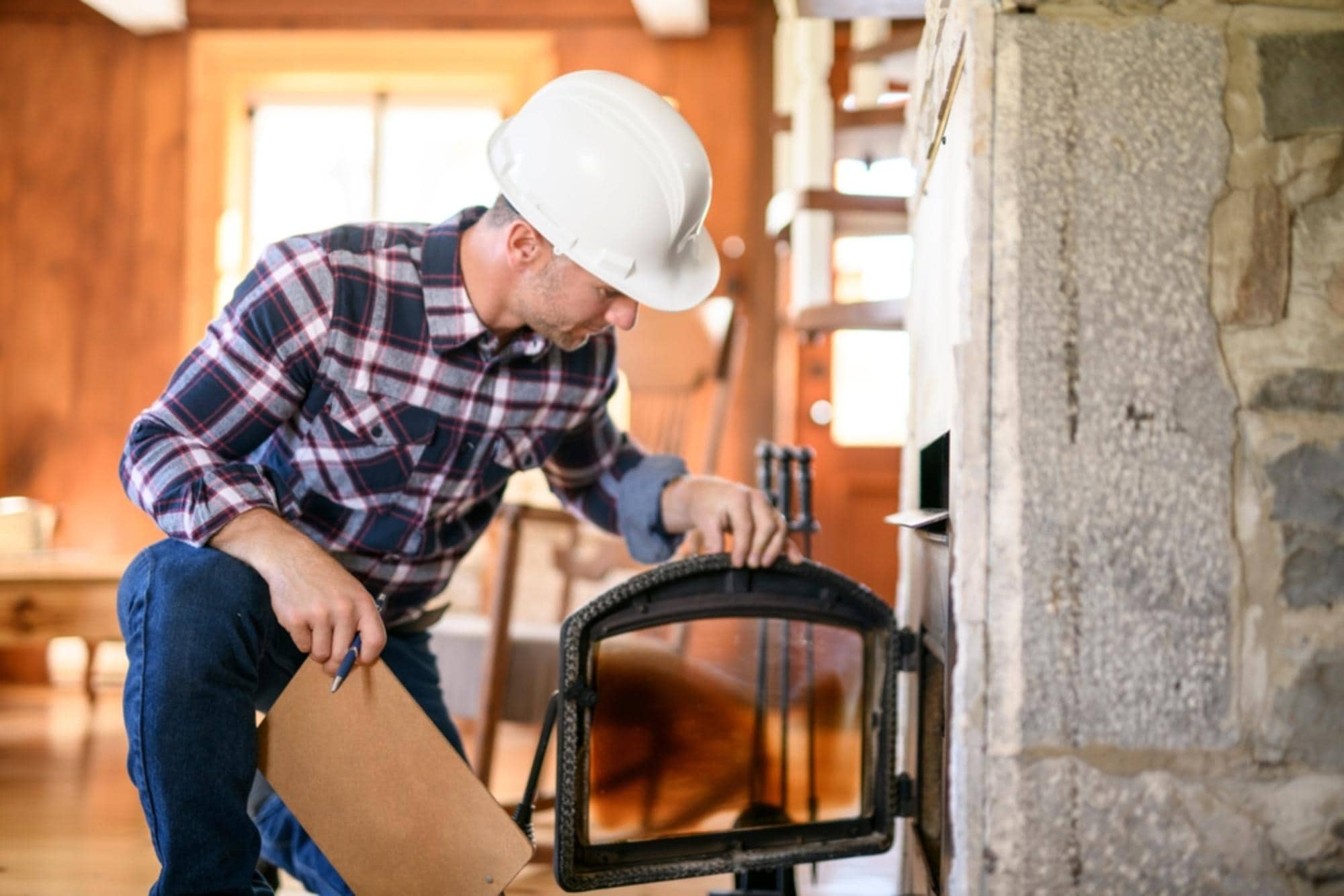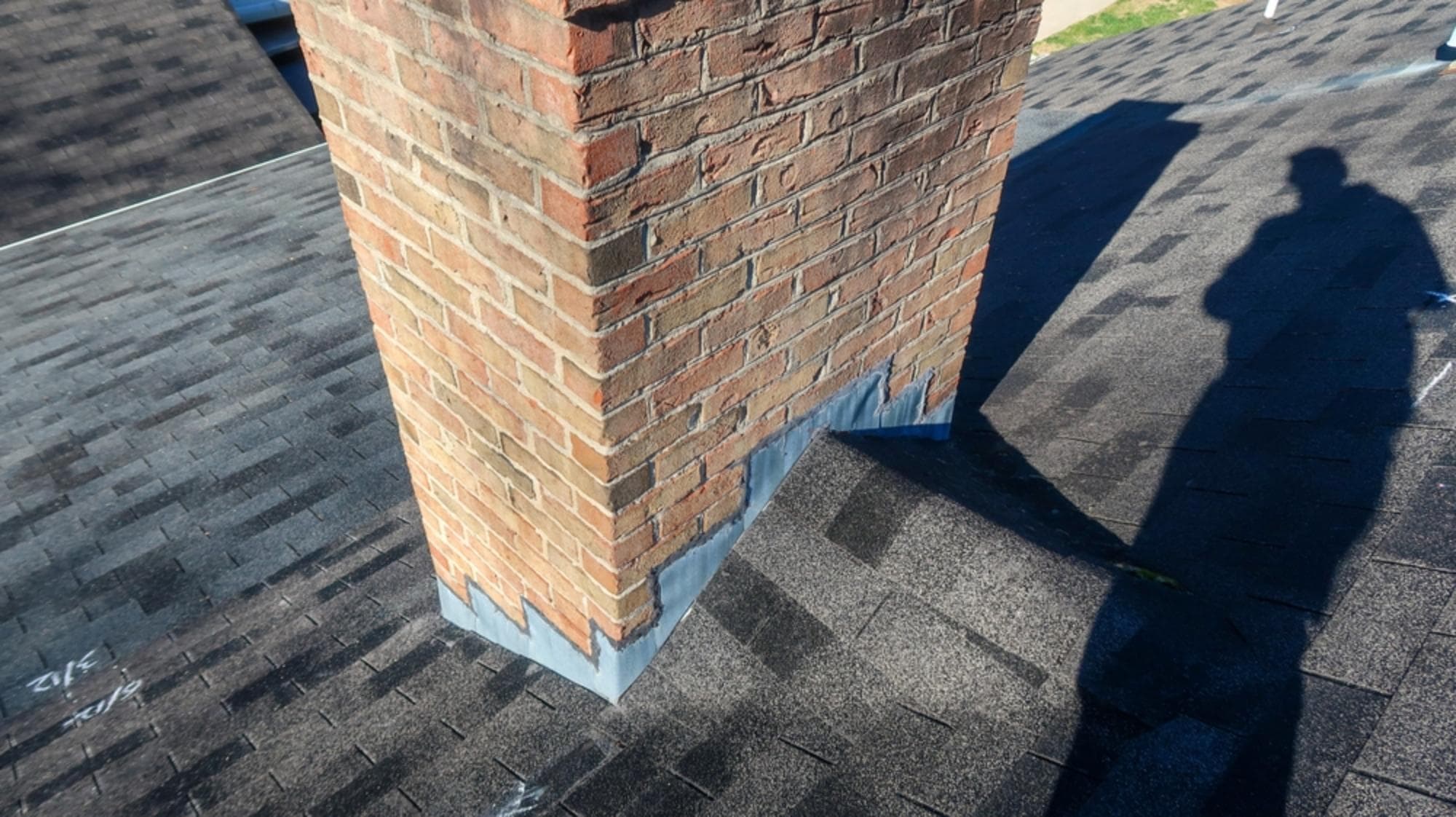You should have your chimney inspected annually if you use your fireplace regularly. The Chimney Safety Institute of America recommends yearly inspections to catch problems early and maintain safety. Even if you don’t use your fireplace often, you should still have it inspected every few years. Weather, animals, and general aging can create problems whether you’re burning fires or not. Many homeowner insurance policies also require annual inspections, so staying current protects your coverage. If you notice any changes—like white staining on the outside of your chimney, rust on your damper, or animals or birds in your chimney—schedule an inspection immediately rather than waiting for your annual service.




